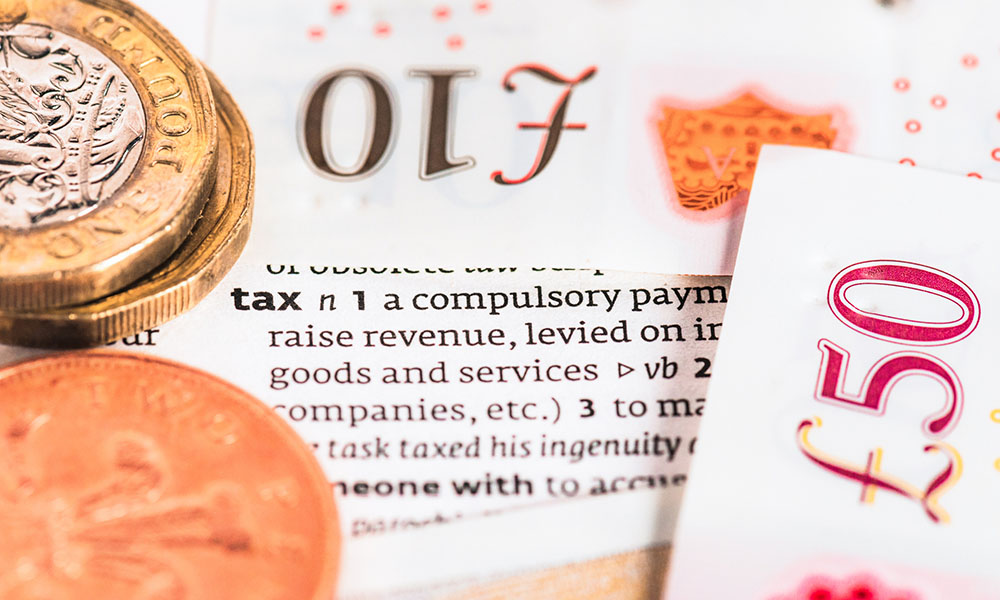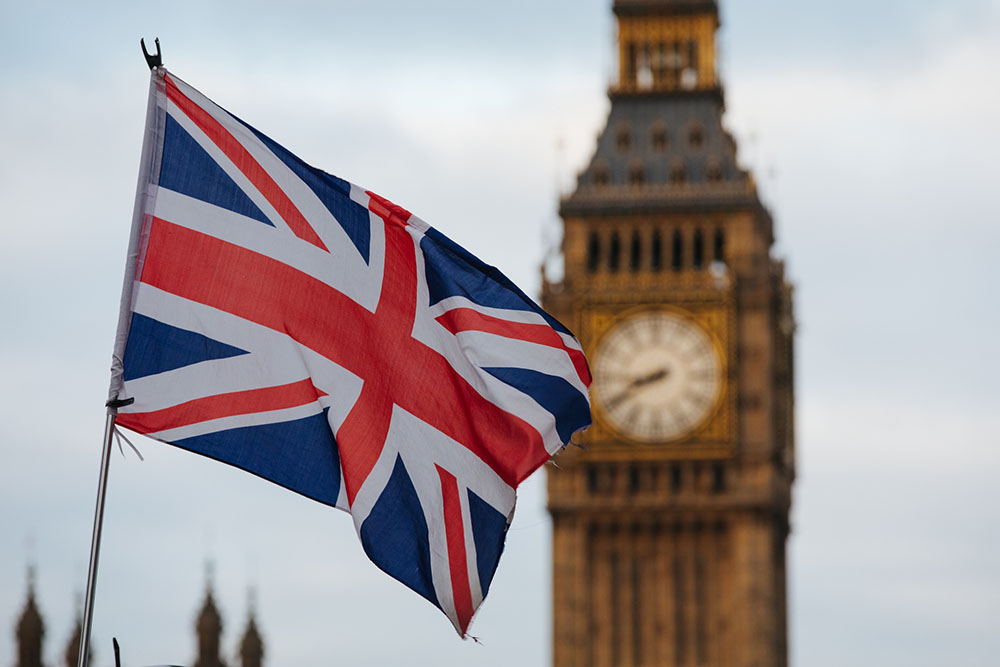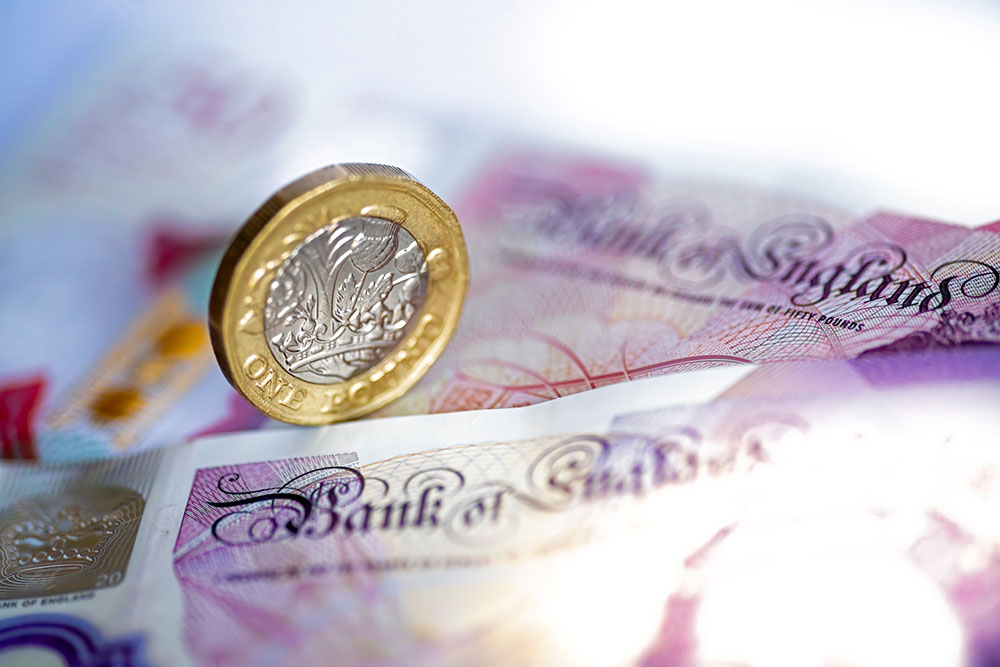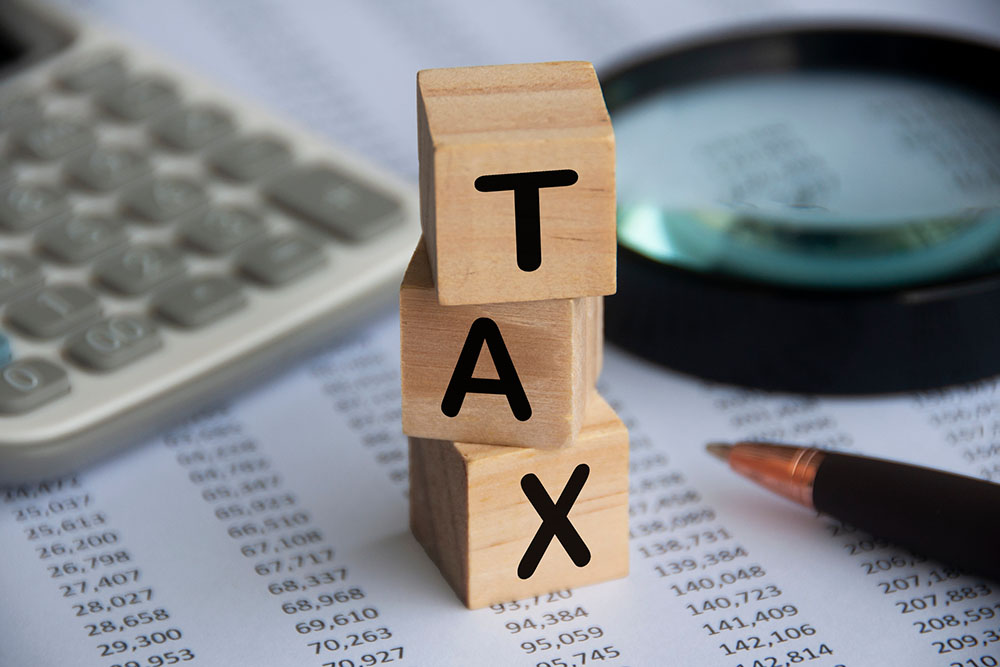How does Business Asset Disposal Relief work?
This content is for information purposes only and should not be taken as financial advice. Every effort has been made to ensure the information is correct and up-to-date at the time of writing. For personalised and regulated advice regarding your situation, please consult an independent financial adviser here at Castlegate in Grantham, Lincolnshire or other local offices.
When you sell an asset for a profit (e.g. shares in an investment account), there is often a tax – capital gains tax (CGT) – applied, undermining your returns. One of the advantages of being a business owner, however, is that Business Asset Disposal Relief (formerly Entrepreneur’s Relief) allows you to sell some (or all) of your assets and only pay 10% CGT. For a higher rate taxpayer, this can amount to a 10% saving on your CGT bill, since you might otherwise have paid 20% on your asset disposals. In this guide, our financial planners in Grantham explain how Business Asset Disposal Relief works and how it can be incorporated into a wider financial strategy. We hope you find this content helpful. If you want to discuss your own financial plan with us, please get in touch to arrange a no-obligation financial consultation, at our expense:
01476 855 585
info@casfin.co.uk
What is Entrepreneur’s Relief?
Entrepreneur’s Relief has been replaced with Business Asset Disposal Relief (BADR). It was designed to encourage people to start businesses across the UK, since founders could be confident that any future business sale would not be punitively taxed. Over your lifetime, you can claim up to £1m of relief (previously £10m, before 6th April 2020). Your business must be regarded as a “trading company” by HMRC which does not perform “substantial” non-trading activities. Broadly this means that no more than 20% of indicators such as turnover, balance sheet assets and staff resources should relate to non-trading activities.
How do I get the most out of Business Asset Disposal Relief?
The same tax relief rules apply regardless of your income tax rate. This means that a Basic Rate taxpayer will likely not benefit as much from Business Asset Disposal Relief as someone on the Higher Rate. The former typically pays 10% on taxable gains which are not classed as residential property (otherwise, the rate is 18%). A Basic Rate taxpayer would therefore only profit from BADR if the gain pushes them into the higher rate. A Higher Rate taxpayer normally pays 20% (or 28% on residential property) for chargeable asset disposals. So, BADR could result in a 10% saving.
Regardless of your tax band, be careful not to miss any deadlines for claiming tax relief. To get Business Asset Disposal Relief, you need to claim it by the first anniversary of the 31st January following the tax year of the disposal of the business asset. This can be done via your Self Assessment return in the supplementary “Capital Gains Summary” section. Note that you do not need to be a company director to claim Business Asset Disposal Relief. Sole traders and partnerships can also claim it when selling assets used in the business.
You need to qualify for Business Asset Disposal Relief, so make sure you meet the requirements before claiming. The asset disposal must have happened within two years of the end of the relevant tax year. You (the asset “disposer”) need to own at least 5% of the ordinary share capital and you must be either an officer or employee of the business. The business must also have traded for at least 24 months before the date of the asset disposal. While the conditions may seem simple, there are a number of complications that can apply, so always get professional advice before relying on this relief.
Business Asset Disposal Relief and wider financial planning
This interesting tax relief has a big impact on succession planning, in particular. Not only will you want to hand over your business to the right people, at the right time, but you likely will want to do this in the most tax-efficient way (to keep as much of your gains as possible). However, one trap that owners need to be aware of is treating a business like a pension. Of course, proceeds from the future sale of your business may form an important part of your retirement fund. Yet it is possible that you will not be able to sell your assets at the time – and pricing – that you desire.
Business Asset Disposal Relief is best used, therefore, as one of many tools in your wider financial plan. For instance, using your business to build your pension – not just releasing assets as a capital gain – can be a tax-efficient way to grow personal wealth. Employer pension contributions from your company, for instance, can be treated as a deductible expense – thus reducing corporation tax – and are not subject to a maximum tax-free limit of £40,000 (unlike personal contributions). Employer contributions are also not subject to National Insurance. Moreover, a pension scheme can, in some cases, even be used to invest back into the business – e.g. a SSAS, or Small Self-Administered Scheme, which could be used to buy the company’s trading premises and lease them back to the company.
There are issues to navigate, however. In particular, directors need to be careful not to breach their Lifetime Allowance using employer contributions. This sets a tax-free limit on the total amount that someone can save into his/her pension(s) – i.e. £1,073,100. Speak with a financial planner to explore how Business Asset Disposal Relief, pensions and other financial strategies could be used to achieve your personal goals.
Conclusion & invitation
If you are interested in discussing your own financial plan or investment strategy with us, please get in touch to arrange a no-commitment financial consultation at our expense:
01476 855 585
info@casfin.co.uk












